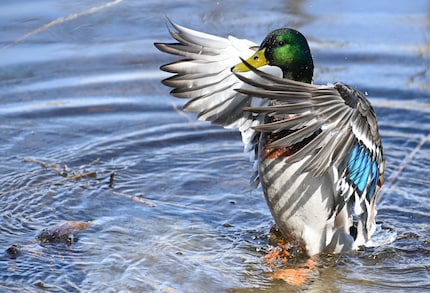
Guide
Tips for better forest photos
by David Lee

Where this saying comes from, what it means, and above all: why it is useless.
This mnemonic is one of the most commonly parroted pieces of photography wisdom. But in the meantime, word should have got around that just because something rhymes doesn't mean it's true. I think the mnemonic is rubbish in this day and age.
Which aperture is ideal for your photo depends on numerous factors:
The saying "When the sun is shining, use aperture eight" only takes the last factor into account. And this is becoming less and less important as technology advances.


Before the digital age, when the world was still shooting with film, the ISO sensitivity was determined by the film and was usually very low. The photographer could not increase the sensitivity if there was too little light.
On the other hand, if there was a lot of light, he could not use an excessively large aperture because many early cameras could not expose as quickly as today's devices. An open aperture would have led to overexposure in sunlight, even at a low ISO.
This is why the relationship between the amount of light and aperture was much more important in the past than it is today. The medium range around f/8 as a rough rule of thumb was useful, even though even then a different aperture might be required depending on the situation.
The middle range around f/8 also has an advantage that still applies today: most lenses are sharpest at this setting. With a fully open or fully closed aperture, they exhibit slight weaknesses in imaging performance.
My interest in IT and writing landed me in tech journalism early on (2000). I want to know how we can use technology without being used. Outside of the office, I’m a keen musician who makes up for lacking talent with excessive enthusiasm.
Practical solutions for everyday problems with technology, household hacks and much more.
Show all